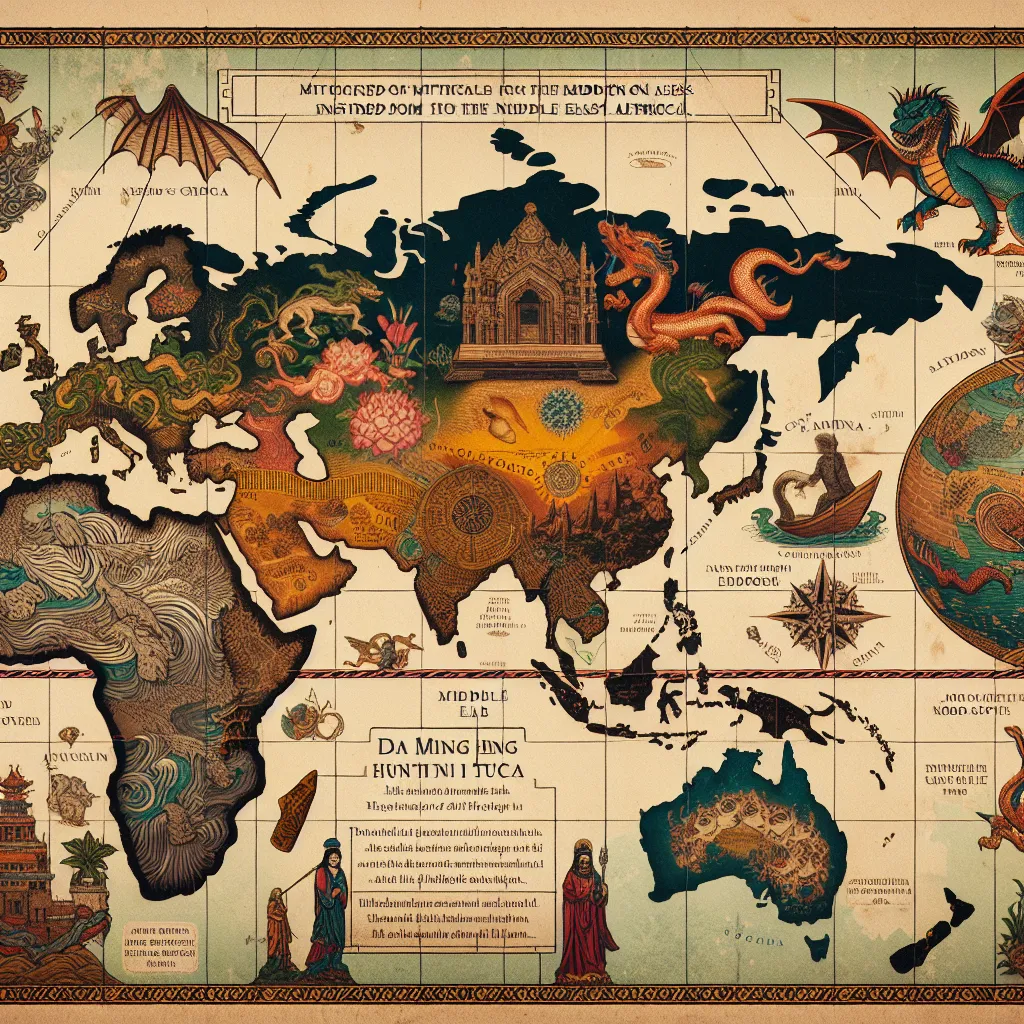As 1905 began, 26-year-old Albert Einstein found himself stuck in a mundane job at the Swiss patent office. His dream of becoming an academic had seemingly fizzled out, and most physicists of the era wouldn’t have expected much from him. Yet, within a year, Einstein would publish four groundbreaking papers that would forever change our understanding of the universe.
Contrary to popular belief, Einstein wasn’t bad at math. By age 15, he had already mastered calculus. He excelled in school but often skipped classes to spend more time in the lab, which didn’t sit well with his professors. This rebellious streak cost him academic opportunities, but he eventually got a job at the Swiss patent office, thanks to a friend’s father.
Despite working six days a week, Einstein made time for physics. He discussed ideas with friends and wrote a few minor papers. But in March 1905, he surprised everyone with a paper proposing a wild idea: light could be a particle. At that time, light was widely accepted to be a wave, and Einstein’s hypothesis about the photoelectric effect was controversial. It would take years for his idea to be fully appreciated, laying the foundation for quantum mechanics.
Just two months later, Einstein tackled another major question: do atoms really exist? Using the behavior of particles in a liquid, known as Brownian motion, he demonstrated that these random movements could be predicted by the collisions of invisible atoms. Experiments confirmed his theory, and the scientific community finally accepted the existence of atoms.
In June, Einstein addressed a troubling contradiction between the principles of relativity and electromagnetic theory. Relativity claimed that absolute motion couldn’t be defined, while electromagnetic theory suggested it could. After discussing this paradox with a friend, he had a eureka moment. He proposed that the speed of light remains constant regardless of reference frame, but time and space are relative to the observer. This theory, known as special relativity, revolutionized our understanding of reality and led to inventions like particle accelerators and GPS.
Just when it seemed he couldn’t possibly achieve more, Einstein published a fourth paper in September. This one followed up on his special relativity theory and introduced the notion that mass and energy are equivalent. He expressed this groundbreaking concept with the famous equation E=mc^2.
Einstein wouldn’t become a global icon until 1919, when his general theory of relativity was confirmed during a solar eclipse. But even without his later achievements, the insights from his miraculous year of 1905 would have cemented his legacy as one of the greatest minds in science.






